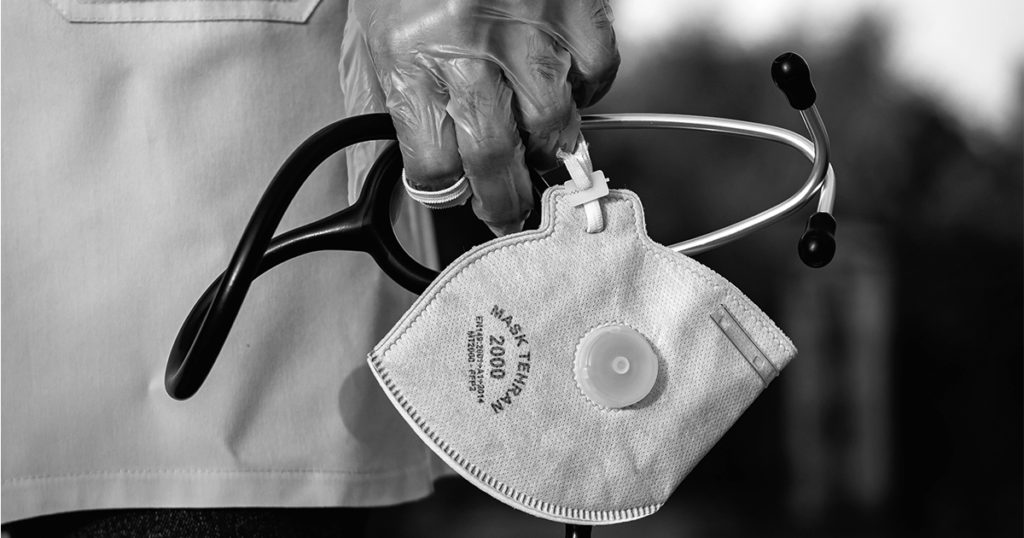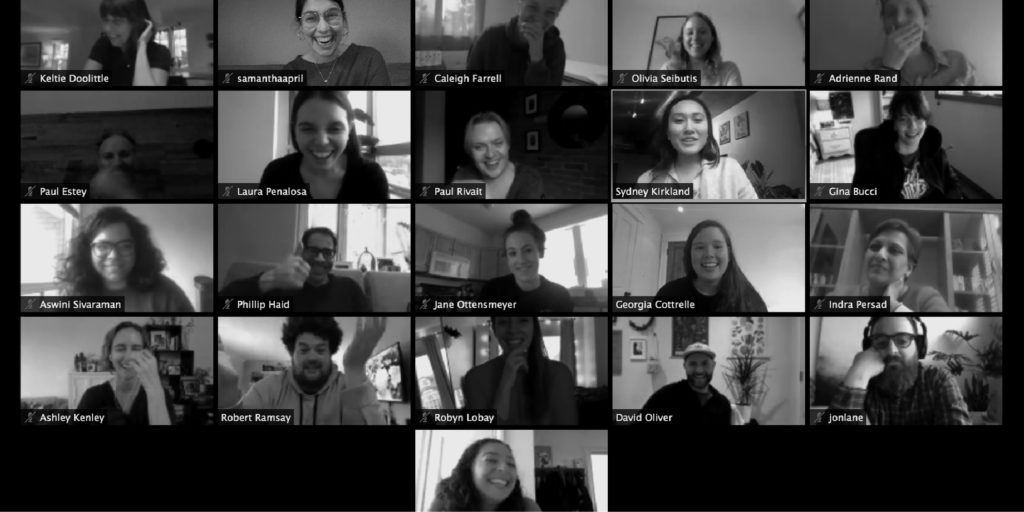By Mona Lipson, Director, Client Strategy

We’ve never seen as much urgency for nonprofit and corporate partnerships as we’ve seen over the last ten weeks. As federal and local governments continue to bicker over partisan nonsense, we’re left to rely on nonprofit organizations and corporations to step in with their vast networks, expertise, and available funds.
From influencer and consumer campaigns like the All in Challenge to significant cash donations by HP, Humana, Estee Lauder, Tik Tok, Ralph Lauren, and Under Armour to name just a few, COVID-19 has accelerated the dire need for us to join forces. And now that we’ve seen it first-hand, we can’t deny that when the philanthropic and business sectors unite, there is endless potential for fast, scalable solutions.
Here at Public, we’ve been introducing and building successful nonprofit and corporate partnerships before our environment dictated their importance to us. We know that whether under ordinary or extraordinary circumstances, these five guidelines will help ensure that we march into the future with a stable framework for establishing meaningful and thriving partnerships.
1. Build long-term genuine partnerships (not sponsorships).
It may sound overused and obvious, but authenticity never goes out of style. Before embarking on a partnership, it’s important to ask:
- Do your brands and values align?
- Do your audiences and consumers overlap?
- Are your key markets the same or complimentary?
Think of the Girl Scouts of the USA and Dove’s efforts on improving body confidence and self-esteem or MetLife and Hot Bread Kitchen’s integrated financial coaching and workforce development collaboration or Audubon and Canon teaming up to share the beauty and wonder of birds. These examples share aligned missions and the opportunity for each organization to benefit from the collaboration. Which leads to our next guideline…
2. Together is just better. Make it mutual.
✓ DO map out goals and align on strategy for mutual benefit between both parties.
X DO NOT reach out strictly for marketing purposes, skewing the mutual benefit factor.
Consumers can see right through a marketing ploy, so it’s important to make sure the partnership is reciprocal. This means, although the benefits of the partnership may not be the same, what each party gains from the partnership will be comparable. Some of the benefits we see most include:
| CORPORATE | NONPROFIT |
| Awareness and visibility | Enhanced visibility of the cause and messaging |
| Opportunity to differentiate from competitors | Access to new audiences and donors |
| Increased brand loyalty | Connections to the corporation’s internal network |
| Access to new audiences or the ability to target specific audiences | Access to corporation’s subject matter expertise (aka volunteers) |
| Increased employee recruitment, morale, and retention | Increased contributions and revenue (financial and in-kind) |
| Opportunity to showcase community support | Opportunity to showcase community support |
| Access to the organization’s subject matter expertise | |
| Drive traffic and stimulate sales |
We often find that the most successful partnerships are ones that are comprehensive and integrated. That’s why we suggest the next guideline…
3. A big picture is worth a thousand words.
The most impactful relationships we’ve seen are holistic. Meaning, they come to life through a series of opportunities spanning departments, products, campaigns, events, initiatives, platforms, time, and more. It’s helpful to determine if:
- the partnership can integrate across departments- and if so, which ones?
- there are opportunities already in place that can be elevated and amplified by the partnership
- corporate budgets can be combined for an increased and more meaningful return on investment
- the partnership can take place throughout the year or at select times only
Often, with a comprehensive partnership, you’ll be dealing with various departments, decision-makers, and sometimes even different goals. That’s why it’s key to…
4. Determine what success looks like.
Fund Development departments raise money. Communications teams raise awareness. Human Resources tracks employee satisfaction. Marketing groups build brands. With so many players and objectives, it is critical to be upfront about your goals and how you plan to track and measure a successful partnership. A few helpful questions you’ll want to ask in order to cut to the chase are:
- What are your goals and are they achievable?
- Are these goals realistic given an agreed upon timeframe?
- How do you plan to track, measure, and evaluate said goals?
- Are you striving for deep impact or wide reach?
- Is there an understanding on the length of time and/or growth potential for the partnership?
At first it might feel a bit uncomfortable to address these questions head on, but including them in early conversations will only help to solidify a strong, healthy working relationship.
Last but certainly not least, it’s just as important to…
5. Have fun and get creative.
The best partnerships are memorable and withstand the test of time. To do that, it helps to stand out from the crowd. Partnerships can still be fun. They can make us laugh. They can make us cry. They can go viral. They can take advantage of adorable puppies. And if you’re stumped and need a little help, that’s why we’re here. Although we can’t tell you exactly what the next few weeks have in store, we do know that we will all emerge from this better together.


